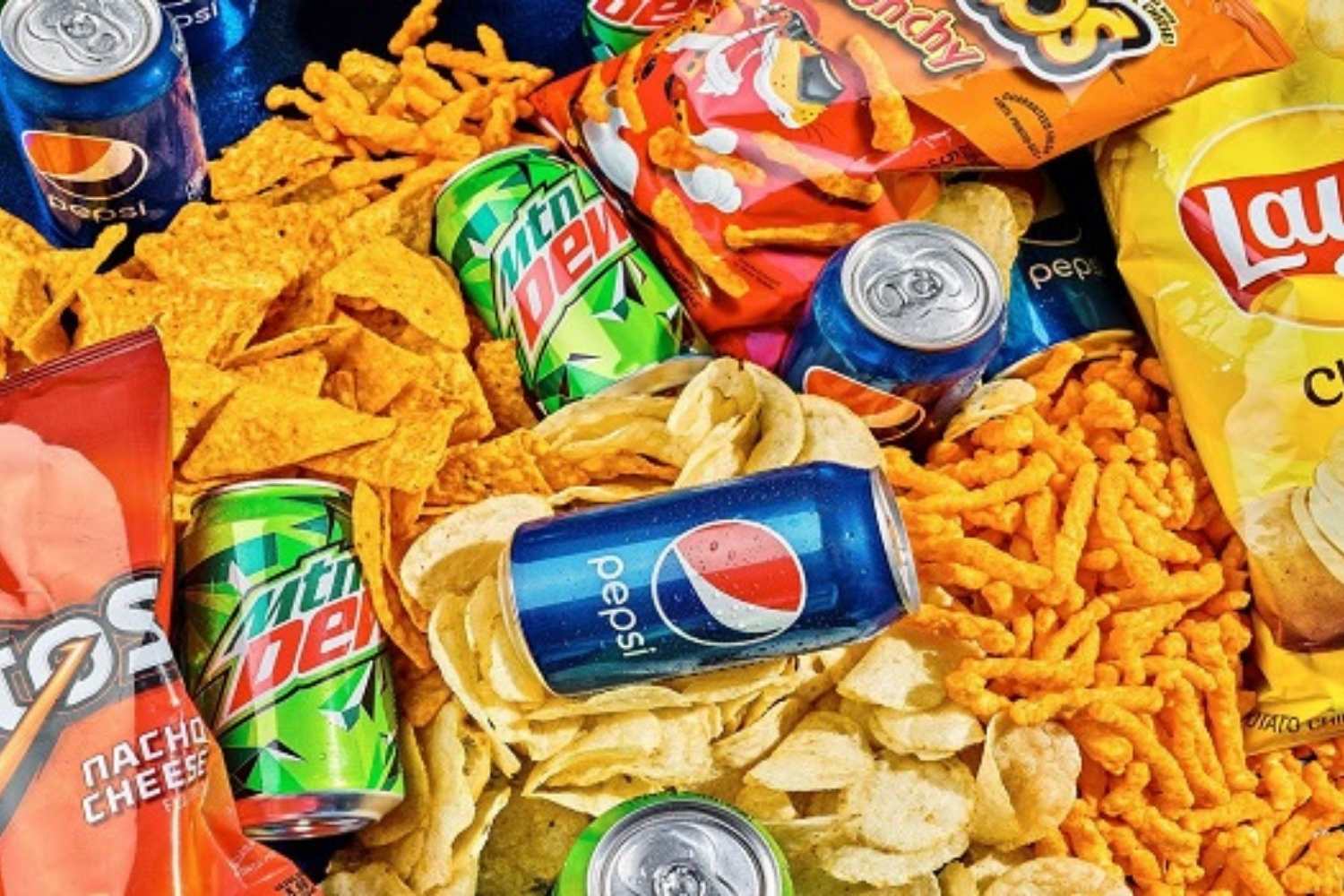PepsiCo will remove artificial ingredients from U.S. snacks by end-2025, following federal pressure and public demand for healthier food standards.

“It’s not a wellness revolution. It’s the bare minimum.”
By the end of 2025, PepsiCo will remove all artificial ingredients from its most popular food products sold in the United States. The announcement has sparked heated reactions—some hailing it as a bold step forward, others, more realistically, calling it what it is: the least a global food giant can do after decades of flooding shelves with ultra-processed snacks and sugar-loaded drinks.
A response to growing political and public pressure
This move comes in the wake of a joint appeal from U.S. Secretary of Health and Human Services Robert F. Kennedy Jr. and FDA Commissioner Dr. Martin Makary, who recently laid out a federal plan to ban petroleum-based synthetic dyes from American food products. Among the substances named: Citrus Red No. 2, Orange B, Red 40, Yellow 5, Blue 1—chemicals that have long been under scrutiny for their potential health effects, particularly in children.
According to the Department of Health and Human Services (HHS), the goal is to eliminate these additives from the national food chain by 2026, encouraging a shift toward natural alternatives. And while the science on some of these dyes remains debated, the social momentum against them is increasingly difficult for big brands to ignore.
PepsiCo’s polished response
PepsiCo CEO Ramon Laguarta was quick to point out that more than 60% of the company’s product portfolio is already free of artificial dyes. He assured that brands like Lay’s, Doritos, and Tostitos will be entirely “cleaned up” by the end of this year. Laguarta framed the move as part of PepsiCo’s broader mission to reduce sodium, sugar, and unhealthy fats across its snack lines.
But this upbeat narrative sounds suspiciously like corporate revisionism. If PepsiCo and its peers had truly taken health seriously from the beginning, we wouldn’t be relying on federal bans to rein in damage. Let’s not pretend this is an act of generosity. Eliminating additives known to cause allergic reactions, behavioral issues, and other side effects is a basic responsibility, not a market innovation.
For decades, the food and beverage giants have profited by engineering snacks to look and taste irresistible, often at the cost of nutrition. Now they’re being held accountable—and it’s about time.
The health case, in human terms
This decision is also buoyed by decades of advocacy from figures like nutritionist and author Liana Werner-Gray, a vocal proponent of what she calls an “Earth Diet”—built around whole, unprocessed foods. In an interview with Fox News Digital, she shared the personal benefits she noticed after cutting out artificial dyes: “less anxiety, clearer skin, more energy, and fewer cravings for junk food.”
Her story resonates with a growing number of consumers who are more informed, more skeptical, and more demanding than ever. For them, “natural” has to mean more than a label slapped on flashy packaging. It has to show up in the ingredients list, and in how they feel after they eat.
A step in the right direction—but only a step
Removing artificial ingredients is necessary, but far from sufficient. There’s still a long road ahead on reducing sugar levels, cutting empty calories, tracing the origin of raw materials, and minimizing the environmental footprint of food production.
In an industry where “clean” and “natural” are marketing buzzwords, companies must prove their commitment through transparency and product reformulation, not PR. And consumers need to keep paying attention: read labels, question claims, demand better.
Because if we’ve learned anything from this, it’s that progress only happens when corporate convenience collides with public pressure. And even then, it’s rarely enough.
